There are numerous exercises that can be used to strengthen the posterior chain. Here we’ll focus on three key movements.
There are numerous exercises that can be used to strengthen the posterior chain. Here we’ll focus on three key movements.
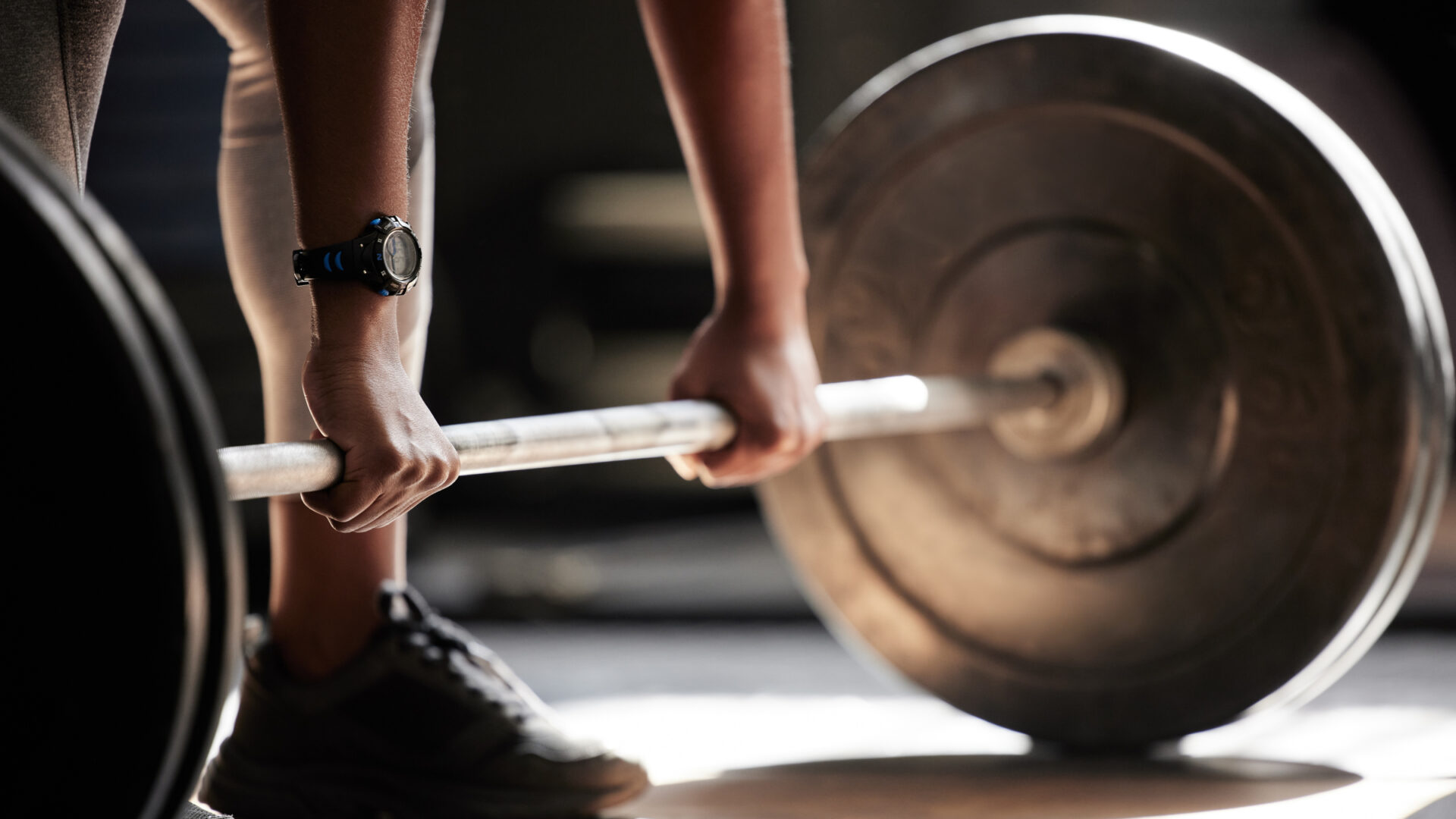
There are numerous exercises that can be used to strengthen the posterior chain. Here we’ll focus on three key movements.

There are numerous exercises that can be used to strengthen the posterior chain. Here we’ll focus on three key movements.
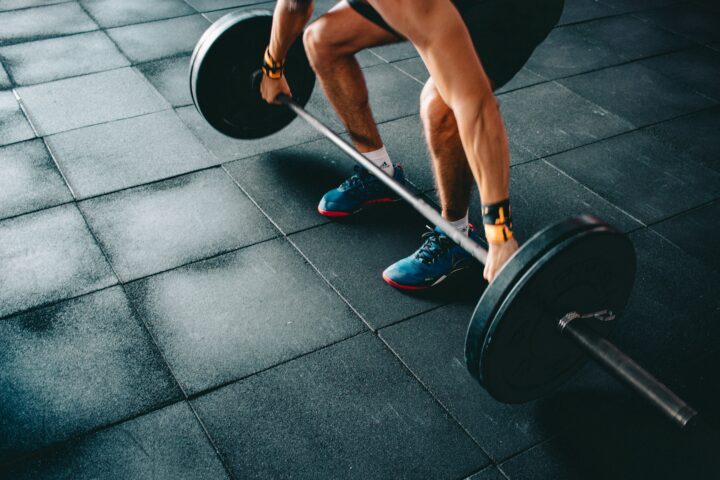
In part 3 of our series on movement literacy for cyclists, Dr. Stacey Brickson delves into stability and strength to make you a healthier cyclist.
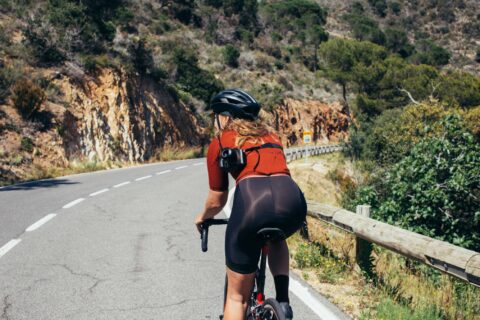
Hit the sweet spot with a sub-threshold ride for those winter days that aren’t too cold.
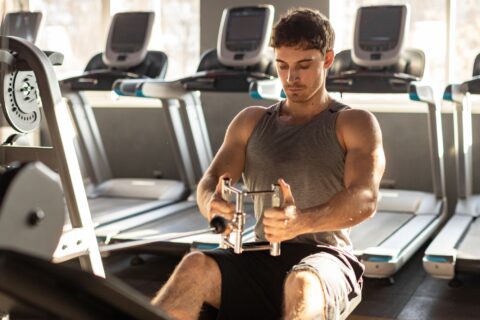
Endurance athletes of all disciplines can benefit from a regular full-body strength routine.
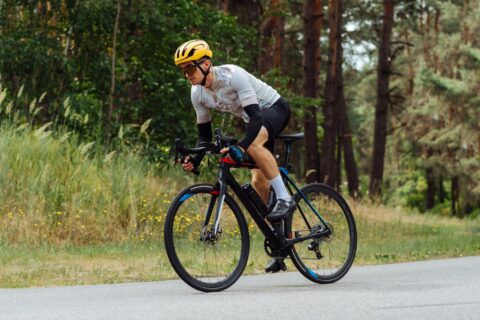
Get the best of both worlds by incorporating several high-intensity sprints into your base rides.